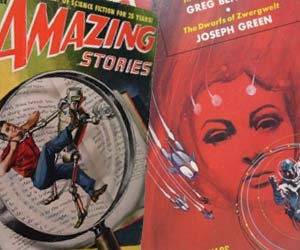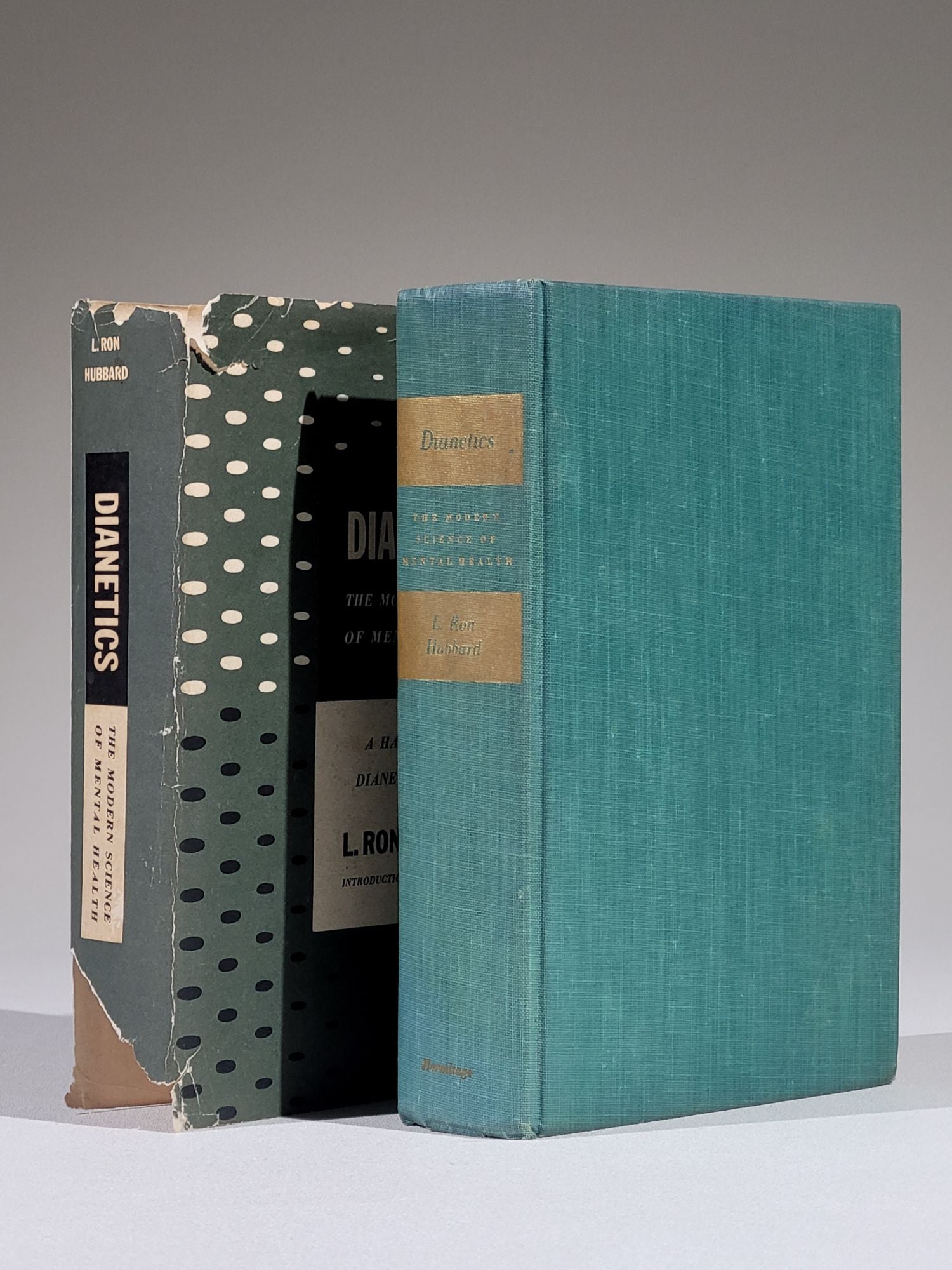The Definitive Guide to Dianetics
The Definitive Guide to Dianetics
Blog Article
Dianetics for Dummies
Table of ContentsDianetics Can Be Fun For AnyoneDianetics Can Be Fun For EveryoneThe Ultimate Guide To DianeticsNot known Details About Dianetics
As a youngster, according to his aunties, Ron Hubbard was already possessed of a fecund creativity, comprising games and tales for the enjoyment of the inevitably mindful adults in his world. From the start, he possessed a capacity for fantasy which he was to carry with him throughout his life.Although he developed the substantial and intricate globe of Scientology, in which his followers could lose themselves for several years, he did not wish to be related to his marks. By the very early thirties, Hubbard got a spouse and two little kids (Dianetics). To the scary of his conservative moms and dads, he flunked out of college and had no appropriate skills with which to sustain his young household

Dianetics Can Be Fun For Anyone
He was a phenomenally quick writer, and would certainly work all evening to produce tale after story, retiring at dawn to sleep till early mid-day. No matter just how prolific his result, he could never ever appear to make sufficient cash to support his profligate costs habits. By the mid-forties, his literary outcome was starting to decline.
He quickly understood the limitations of his job, that he was not going to achieve power and cash by creating penny-a-word pulp experiences. The method to earn money, he started to remark to his friends, is to start a faith. He once resolved a group of science fiction authors in New Jacket with the words, "Creating for a cent a word is ridiculous.
Reports claimed he was working with something new, a publication on psychology. In January of 1950, a strange ad appeared in Astounding Scientific research Fiction, a pulp magazine modified by his pal, John Campbell, encouraging: ... a post on the science of the mind, of human idea. It is a completely brand-new scientific research, called Dianetics, and it does exactly what a scientific research of thought ought to do.

Some Of Dianetics
It is an expedition into terra incognito, the human mind, that large and hitherto unidentified world half an inch back of our foreheads. You are beginning a journey. Treat it as a journey. And might you never be the same again. ( 3 ) Early in the publication, Hubbard presented what he called the "clear." Dianetically, the maximum individual is called the "clear." One will hear a lot of that word, both as a noun and a verb, in this quantity, so here are the findings it is well to hang out right here initially setup forth exactly what can be called a clear, the goal of Dianetic treatment.
These examinations validate the clear to be entirely without such ills find out this here or aberrations. ( 4 ) The state of Clear, Hubbard assured, was a frame of mind never in the past achieved by guy. In reality, upon accomplishing Clear, a person would certainly progress from the state of Homo Sapiens to the brand-new and innovative state of "Homo Novis." Dianetic therapy, called "auditing" (to listen), turned out to be an amalgam of Freudian analysis, in which a lying client is motivated to remember previous traumatic experiences; abreactive therapy, in which past events are reexperienced by the client with their going along with emotion; General Semantics of Korzybski, in which an individual discovers to set apart between subconscious experiences; and the psychoanalytic theory of Nandor Fodor, in which the influence of prenatal experiences is checked out.
According to Hubbard, all the occasions of our lives are stored psychological as "psychological image photos," or memories. But they are kept, or "submitted," in "chains" by similar material. An individual might have a "migraine chain," or a "discomfort in the appropriate ankle chain," etc. By routing the patient, called the "preclear" in Dianetics (one who is not yet "Clear"), read here to remember and reexperience the traumatic memories on each chain, the capacity of the "somatic" of that chain to "key-in" or come to be restimulated in the here and now can be gotten rid of.
The full documents of all the memories of an individual going back in time is called the "time track (Dianetics)." Hubbard declared that when an individual was examined to the factor that all his subconscious, "responsive" memories were refiled in the "analytical" memory banks, then he would accomplish the state of Clear and would never again suffer the results of his reactive mind
Not known Factual Statements About Dianetics

By the end of the year, over 150,000 duplicates of the Dianetics publication had been sold. In a beautiful short article in the New york city Times, a customer stated substantially that "history has actually become a race between Dianetics and disaster," ( 5 ) resembling a concept frequently mentioned by Hubbard. By August, there were more than 100 pupils signed up for the one month Dianetic auditing training course instructed at the Foundation by Hubbard.
Report this page